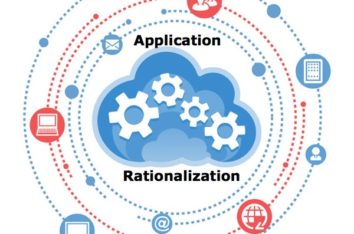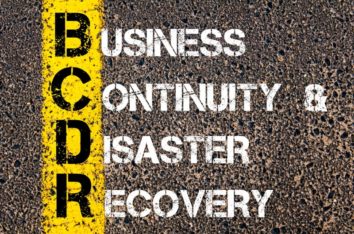Computing Resources When and Where You Need Them
One word that’s on the lips of IT professionals today is “responsiveness.” The evolution of wireless IT infrastructures and the explosion of smart device usage and software-as-a-service (SaaS), coupled with the growing popularity of Big Data as an essential customer relationship management tool is pushing real-time responsiveness to the front of every business computing line.
However, enterprises still tied to legacy, premise-based infrastructures are hamstrung when it comes to providing their workforces with true responsiveness and adaptability -- the kind of “anywhere, anytime” ability to respond to customer inquiries and resource demands that every customer service rep, remote worker, and on-the-road employee would give an arm and a leg for. There’s a simple answer, though, and that’s the cloud.

The cloud solves a host of troublesome challenges. The Big Three are agility, scalability, and flexibility.
Let’s start with agility, generally defined as the ability of a business to adapt rapidly and cost efficiently in response to changes in the business environment. More specifically agility means faster time to market, greater ability to spin up new programs, create new products, and react to everything faster.
Business agility has become the primary advantage being delivered by cloud, according to a recent survey of mid-size and large enterprises by Harvard Business Review Analytic Services. In fact, business agility leads the list of drivers for adopting cloud computing, with nearly a third of respondents (32 percent) saying it was their primary reason for pursuing cloud. This was followed by increased innovation (14 percent), lower costs (14 percent), and the ability to scale up and down in response to variations in business demand (13 percent).
Scalability enables organizations to increase or decrease their computing resources whenever necessary. This ability to alter plans due to fluctuation in business size, market conditions, and seasonal demands is a major benefit of cloud computing, especially when a business experiences a sudden increase in demand for its products or services. For small companies with potential growth in the foreseeable future, scalability holds a huge advantage over being tied to a finite, premise-based IT ecosystem.
And that brings us to flexibility, a close relation to both agility and scalability. Flexibility essentially refers to how easily an organization can implement the other two. A company operating in the cloud has the flexibility to quickly scale its resources up or down and respond almost instantaneously to changes in the market or customer requirements.
The Cloud: Anything, anywhere, anytime
What makes the cloud so perfectly suited for the Big Three challenges is that it lifts the IT burden of everything static and inflexible from the organization and replaces it with the freedom to respond to market stimuli with unprecedented speed and, yes, flexibility. Because companies don’t have to invest in physical IT infrastructures and all the hardware, software, networks, and servers those require, the cloud has leveled the playing field for SMBs. It enables them to garner the large-enterprise benefits of Big Data analytics and gather actionable intelligence for making better business decisions. In short, the cloud puts powerful computing resources at workers’ fingertips whenever and wherever necessary.
The onset and convergence of enterprise mobility with cloud computing, Big Data analytics and social media are adding new dimensions to the way businesses operate. Today, enterprises must respond and adapt to the way employees, partners and customers connect and dynamically engage to fulfill business objectives and reach goals quickly and successfully. These are challenging times even for forward-thinking organizations because to succeed they must react quickly and adapt to fast-changing industry landscapes.
For a growing number of organizations that means freeing themselves from the restrictions of high-maintenance legacy in-house systems and moving to the agility, scalability and flexibility of the cloud. To learn more, download the Guide to Adopting Cloud Computing for IT Leaders. If you are interested in having a discussion, please reach out to us.



